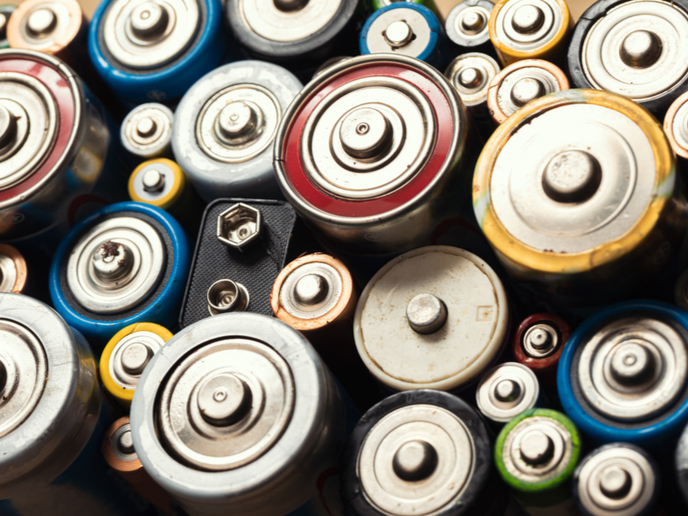About 78 million batteries powering IoT devices will be dumped globally every day by 2025 if nothing is done to improve their lifespan. This dire statistic comes from EnABLES, an EU-funded project that’s urging researchers and technologists to take action to ensure that batteries outlive the devices they power.
With devices ranging from temperature and CO2 sensors to asset tracking tags and smart bandages, IoT has the potential to tackle some of the world’s biggest challenges. However, if they’re to really benefit society, IoT innovations need to address the technology gap that exists in powering the rising number of IoT devices.
The EnABLES researchers outlined their key recommendations for improving IoT device battery lifespans in a recent position paper. The report stresses the need to harvest available energy from the environment to make batteries last longer, while also reducing IoT device energy consumption.
The way toward battery power autonomy
Dr. Giorgos Fagas of Tyndall National Institute at EnABLES project coordinator University College Cork, Ireland, stated,” Thanks to the EnABLES European Research Infrastructure and its partners, the European Union has already a well-established scientific and technological leadership position in this area. … The EnABLES Paper recommends additional actions to maintain easy and efficient access to the scientific expertise, state-of-the-art facilities and the technology platforms that are already available. To maintain the strategic advantage in Europe and the momentum already created by EnABLES, it is necessary to create a sustainable power IoT infrastructure in the longer term.”
The goal is to achieve power autonomy through batteries that can sustainably recharge themselves. The project partners are working to promote “key ‘power IoT’ advances” to harvest ambient energies such as light, heat and vibration and convert them to electricity. At the same time, they’re focusing on minimizing the energy consumed by IoT sensors. The news item provides a striking example of the benefits of sustainably powered IoT infrastructure: “[A] solar panel half the size of a credit card could power a temperature and humidity sensor in an office indefinitely,” it states.
At the moment, most devices have an operational life of over 10 years, while the batteries that power them last 2 years or less. The result is multiple battery replacements, with the consequent economic and environmental drawbacks related to the fact that hundreds of millions of batteries need to be manufactured and disposed of every day. Another consequence is device downtime and maintenance trade-offs, and the existence of many unexploited opportunities to use IoT devices in areas such as medicine and environments where a reliable power source throughout the device’s lifetime is critical.
“We need to revolutionize the way we design, make, use and get rid of things,” observed Mike Hayes, also of Tyndall. “This means we need to think about battery life from the outset, in the early stages of product design. We need to advise key stakeholders and the general public on the implications of battery consumption based on the choices they make, and we need to work together with industry to identify potential for reducing power consumption and requirement.” According to Hayes, for IoT sustainability to succeed, “it needs to be done collaboratively and across disciplines,” as demonstrated with EnABLES (European Infrastructure Powering the Internet of Things).







